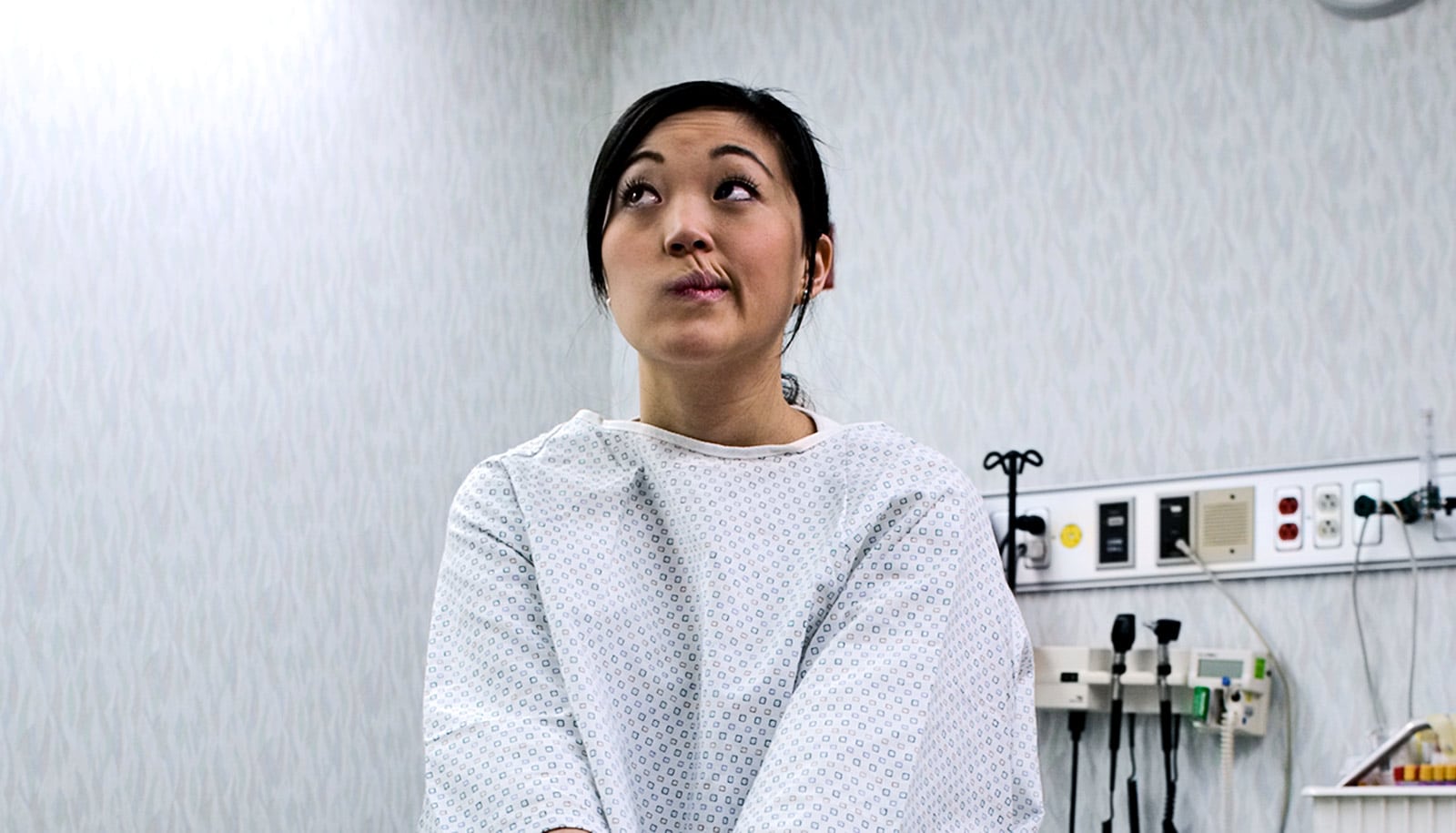Annual offers to test young patients for chlamydia are unlikely to eliminate this sexually transmitted infection (STI), according to a new landmark study. Instead, researchers recommend focusing on better management of the common infection.
Chlamydia is hard to control because many people are unaware they have it. If left untreated, it can cause serious infections of the uterus or fallopian tubes (pelvic inflammatory disease) in women. In severe cases, these infections can lead to hospital admission or even cause infertility.
As a result, health departments in many high-income countries recommend widespread testing for young adults.
Australian guidelines recommend opportunistic testing in general practice. This means testing any young person visiting their primary care doctor or general practitioner (GP) for any reason, whether or not they have symptoms, to reduce the number of people with chlamydia.
But in research published in The Lancet, researchers found that although GPs were able to increase testing among 16- to 29-year-olds by 150 percent, it did not reduce the overall proportion of the population contracting chlamydia.
Time to redirect resources?
The researchers argue that, rather than continue to focus on increasing chlamydia testing, GP resources would be better spent improving management of the STI, which includes getting sexual partners tested and treated.
“While GPs should continue to test young men and women, we recommend focusing on better management of chlamydia once it’s been diagnosed as the best way to reduce the harm caused by chlamydia,” says Jane Hocking, the study’s lead researcher and a sexual health epidemiologist at the University of Melbourne.
“We recommend focusing on better management of chlamydia once it’s been diagnosed as the best way to reduce the harm.”
“One of the biggest risk factors for developing pelvic inflammatory disease in women is getting re-infected with chlamydia. So we need to stop re-infection by getting sexual partners tested and treated, in order to reduce the number of cases that develop into pelvic inflammatory disease,” Hocking says.
The researchers found that increasing opportunistic chlamydia testing for 16- to 29-year-olds did reduce the incidence of severe pelvic inflammatory disease requiring hospital admission but did not reduce milder cases in the community.
“But only a small number of chlamydia-associated pelvic inflammatory disease cases require hospitalization. Most cases have mild symptoms only and remain undetected by a doctor,” Hocking says. “If it’s detected early enough it can be managed relatively simply, reducing the risk of tubal damage and infertility. Ideally, it will be caught in general practice, and not end up with a hospitalization.”
90,000 participants over 6 years
The research team ran the trial from 2009 to 2015. It involved 130 rural GP clinics in Victoria, New South Wales, Queensland, and South Australia, over 1,200 GPs, and more than 90,000 people aged 16 to 29. It is the world’s largest and most comprehensive trial of opportunistic chlamydia testing in primary care.
The trial included several rounds of annual testing and measured the multiple biological outcomes of chlamydia prevalence, pelvic inflammatory disease in women, and epididymitis in men (an inflammation in the testes, which chlamydia infection can cause).
“Ultimately, the best way to use our resources, and GPs’ limited time, is to focus on preventing the potentially devastating outcomes for women who contract pelvic inflammatory disease,” she says.
Researchers from Monash University, University of New South Wales, Deakin University, and University of Bern contributed to the study.
Source: Melbourne University


